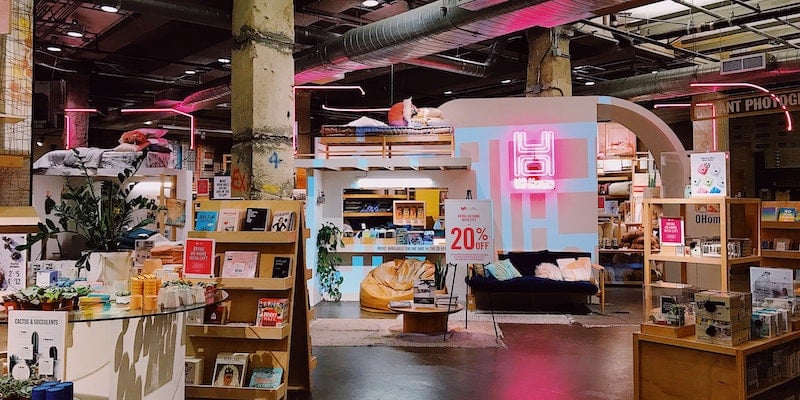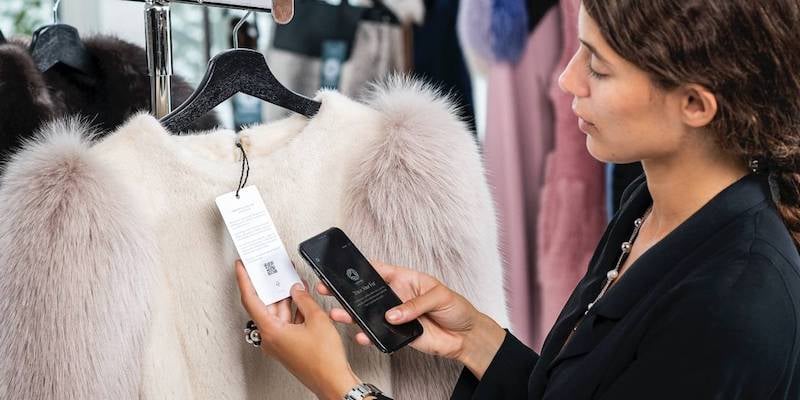Fashion Spotlight: Three Ways Brands Can Respond to the IPCC Report
Each month, a TW analyst puts one of our 16 key B2C industries under the spotlight – sharing three ideas they predict will redefine Business As Usual. In this dispatch, Caitlin Hughan hones in on three of fashion’s most pressing issues.
The latest report of the UN’s Intergovernmental Panel on Climate Change (IPCC) indicated a global temperature rise of 1°C since 1900, and that without immediate action we may see a rise beyond 2°C. It’s easy for headlines to conjure feelings of doom and gloom but if we’ve learnt anything from the pandemic, it’s that crisis fuels innovation. Inspired to make a positive change? I’ve selected three stand-out examples which each respond to a different emerging consumer expectation.

Hermes recreates its iconic Victoria shopper with mycelium leather
One thing’s for sure: current methods of textile production simply aren’t sustainable. Scientists have been researching alternative materials for a long time, and have done a lot of the work for you. Many sustainable alternatives are trickling into mainstream brands: vegan leather made from mycelium, pineapple or cactus fibres; carbon-based viscose; and plant based bras. One way to reduce your impact is to offer consumers a less harmful alternative that still provides a status hit. After all, consumers will still want to shop: the value of ecommerce fashion is predicted to reach USD 1 trillion by 2025. Now you just need to find the right applications for your brand – and with biotechnology improving by the minute, there’s truly no time to lose.

Urban Outfitters launches resale platform
The resale market is growing 11 times faster than traditional retail, especially among younger shoppers (90% of Depop’s customers are aged 26 or under). Some traditional retailers, such as Urban Outfitters, are beginning to put their own stamp on ‘recommerce’. While we’re yet to see how successful these brand initiatives can be in reclaiming clothes further along their life cycles, these new platforms do give brands the opportunity to explore new markets, new revenue streams and new loyalty systems. If you’re not ready to set up your own marketplace, think about how you can make it easier for your customers to recycle and repair their clothes. As Eleanor MacArthur’s Jean Redesign Project found, why include rivets in the first place if they can stop a whole section of jeans from being recycled?

International Fur Federation introduces QR-based traceability system
Consumers today will automatically take your claims for virtue signalling unless you back them up with labels and third party certification. Over 60% of UK consumers value brands that are transparent about their operations. The global certification and traceability system introduced by Furmark (developed by the International Fur Federation), worked closely with brands to ensure consumers can access supply chain information on animal welfare and environmental standards through a QR-coded swing tag. Offering traceability in this way provides two benefits for your brand; you take accountability for your own supply chain (double points if you use local manufacturing), and you swap vague marketing taglines for metrics and claims based in fact. Can you afford to keep this information from your customers?
Members of our intelligence platform, TrendWatching Premium, get 16 industry-specific reports every quarter. Learn more



